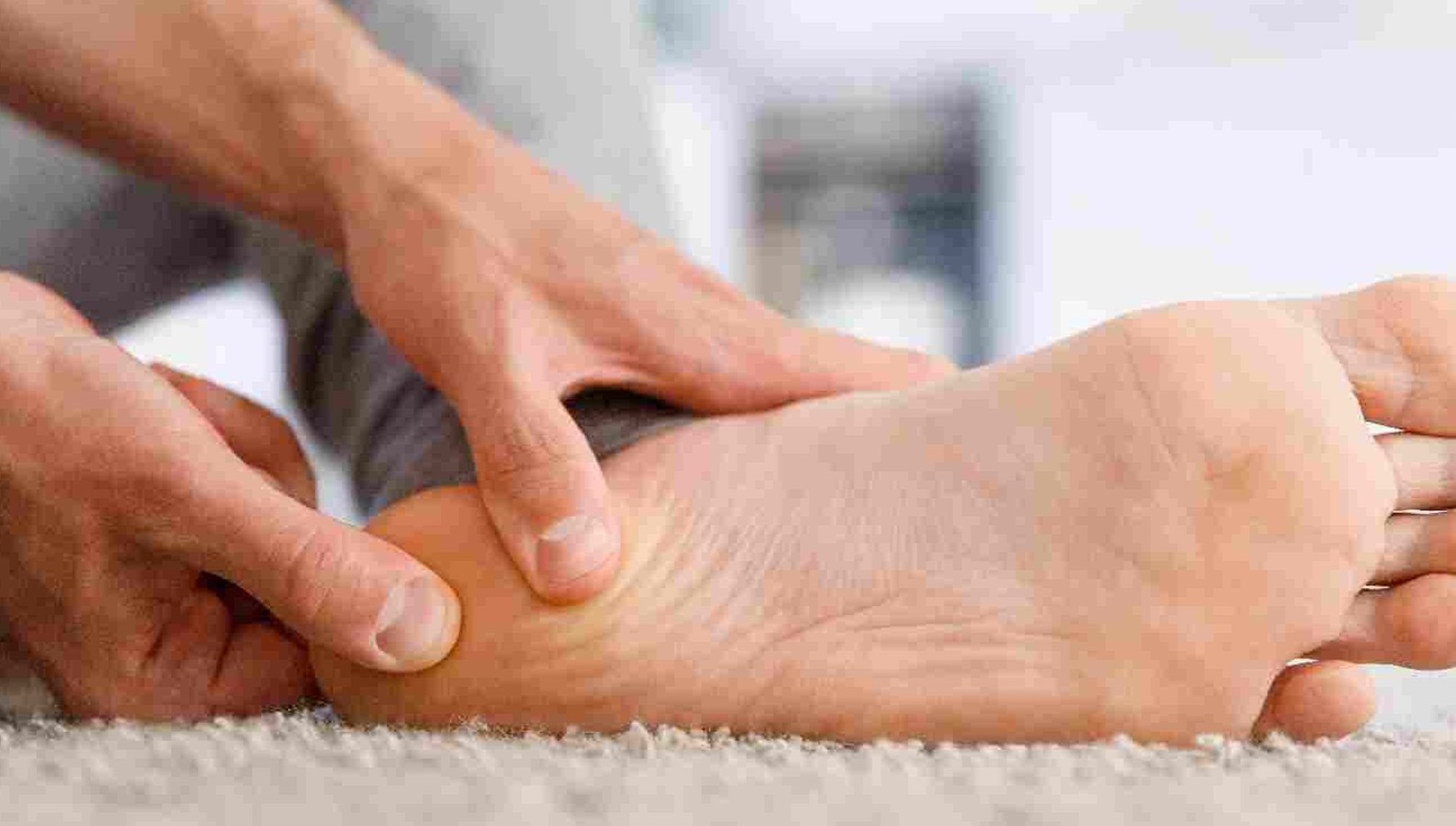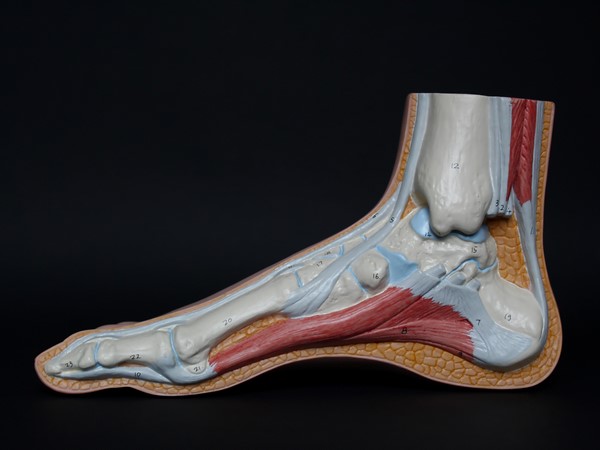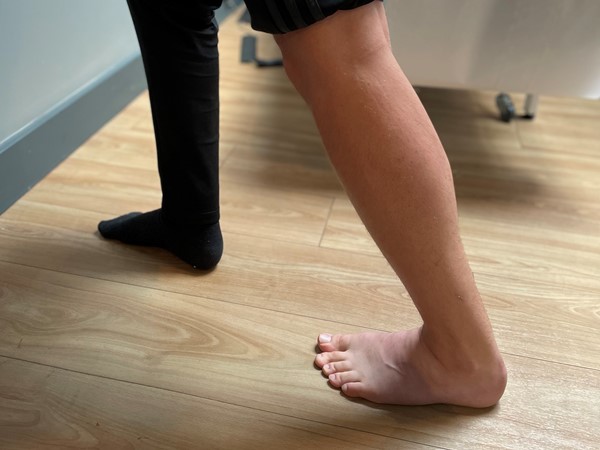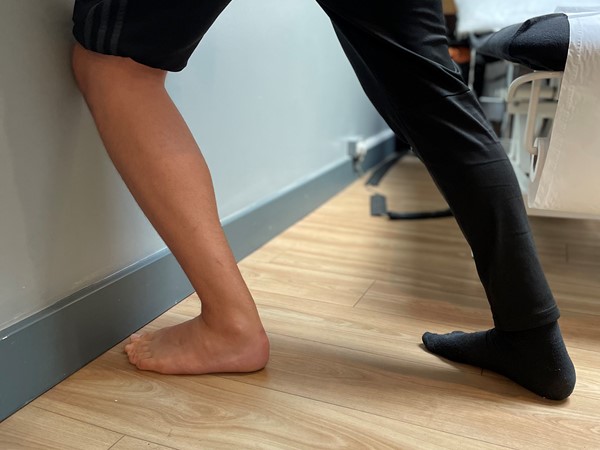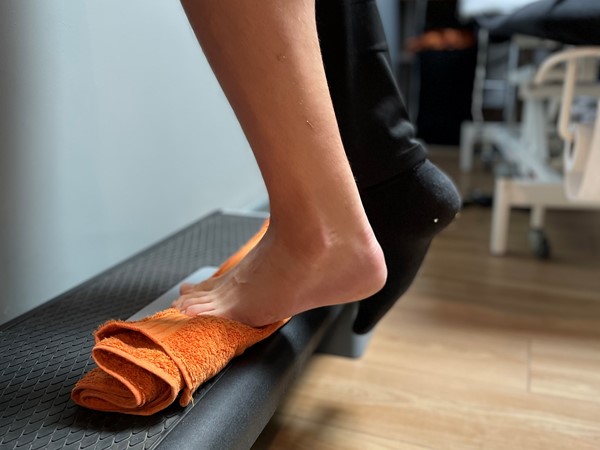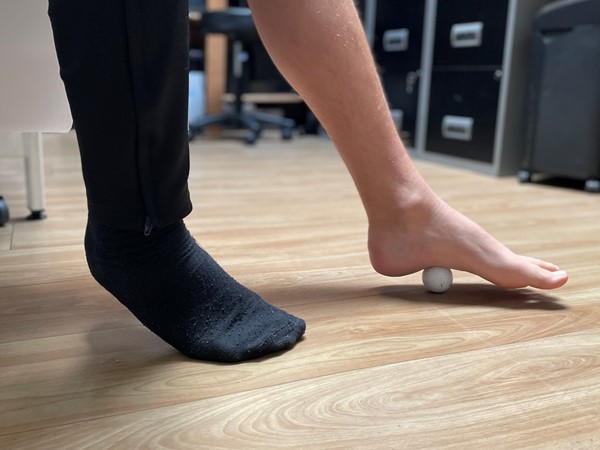Planta fasciitis (PLAN-tur fas-e-I-tis)
If you are experiencing pain at the bottom of your foot and near your heel, then you may be suffering with planta fascitis.
If so, this is a much watch video/article that will help you better understand the causes and exercises to help you relieve your symptoms.

